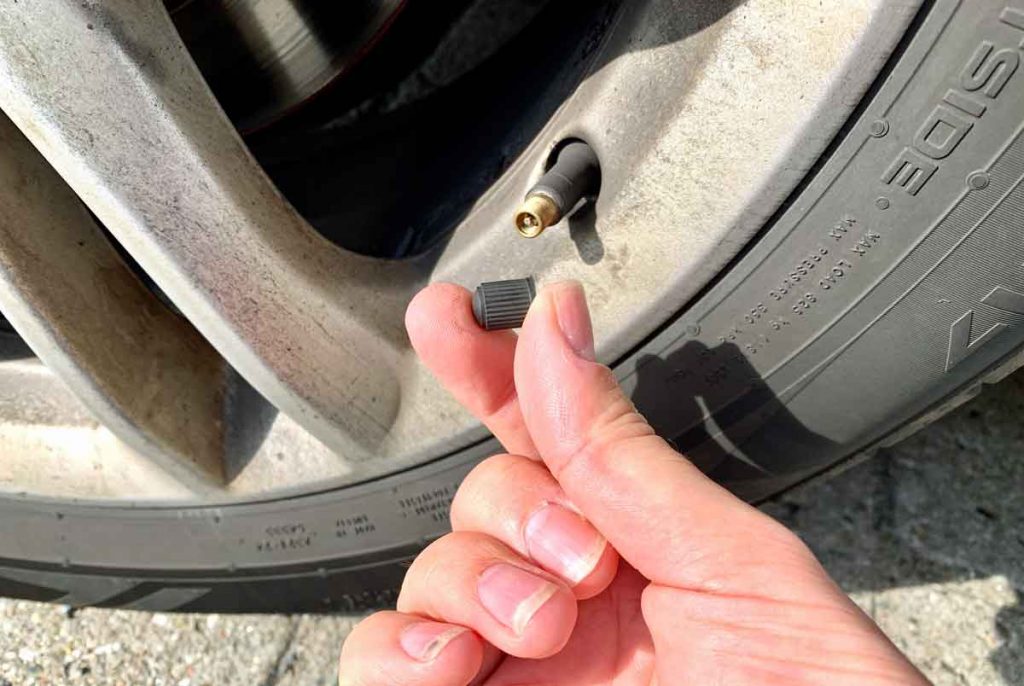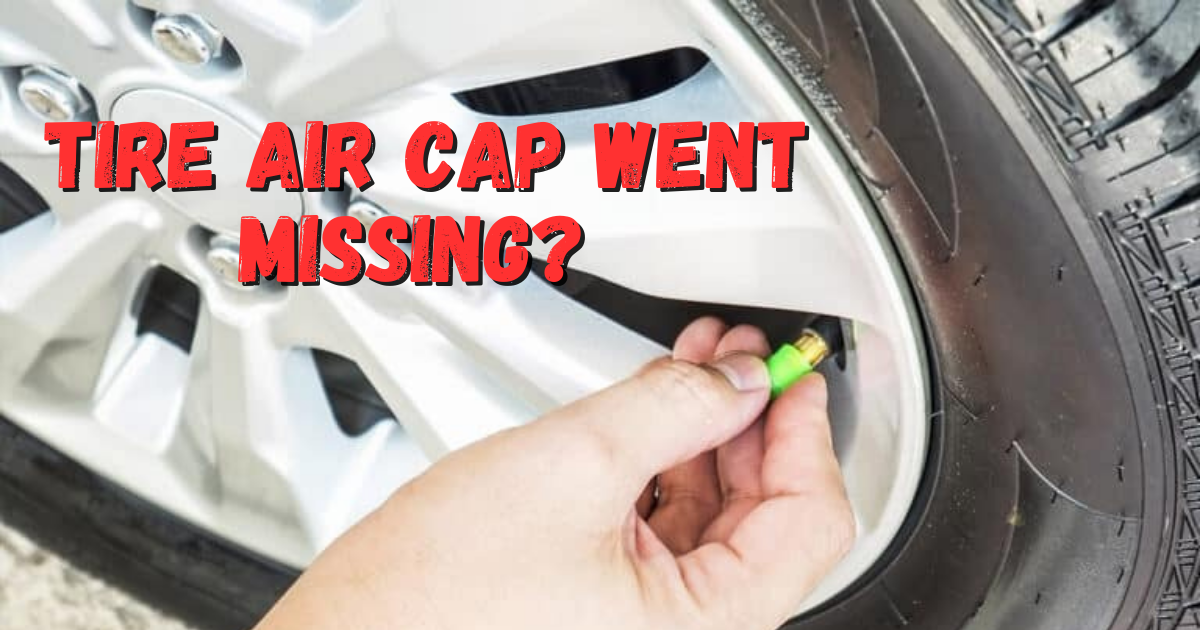Many parts of a vehicle must coordinate with one another for the vehicle to run smoothly. While the engine is obviously vital, other components are just as necessary. Vehicle makers won’t bother installing them if they aren’t essential. An example of such a part is the air cap that sits atop the tire.
Since the tire makes touch with the road, what happens when the air cap is removed from the tire? Is the tire going to be affected in any way? First, let’s define a tire air cap; we’ll get to those later. Is it really essential?
Is it Essential to Use Air Tire Caps?
The air cap sits on top of the valve and serves to keep debris and dust out of the tire. How important are valve stem caps, then? I agree, they are crucial. If you don’t cover the tire air valve, road debris, such as dust and dirt, can get into the valve.
The valve eventually becomes clogged. It could be difficult to inflate the tires if the valve is blocked. In other instances, this road debris can harm the valve, leading to air leakage in your tire.
How to Keep the Tire Air Cap from Being Lost

You can completely avoid having a tire’s air valve cap go missing. Thus, you should bear these in mind in order to avoid the valve going missing.
1. Secure the Valve when Filling Tires
When drivers remove the valve to fill the tires or do maintenance or repairs, they often lose it. You should put the valve somewhere you can easily find it. When the tire is repaired or maintained, replace it.
2. Secure Properly
Properly replacing the valve cap after filling, repairing, or maintaining a tire is another method to keep the air cap valve from coming loose. It is standard practice to remove the air cap before applying air pressure. It is not enough to simply replace the tire after filling it; you must also tighten it. Why? Because driving could cause the valve cover to fall off if it isn’t fastened correctly.
Also, be careful not to overtighten it, since this could ruin the valve cap. To make sure it’s snugly set on the stem again, spin the cap halfway counterclockwise. After you’ve fastened them, twist them until they’re finger-tight. You shouldn’t use tools on it because they can over-tighten it.
3. Avoid Bumps and Curbs As Possible
The air valve cover for your tires could come loose as a result of the scrape or impact that occurs when your vehicle brushes against obstacles on the road. Leakage of air or nitrogen may result from damage to the valve itself.
While it’s not entirely out of the question, try not to brush your car on bumps if at all possible. Consider alternate paths free of barriers if at all feasible.
How can I Replace a Tire Cap that I’ve Misplaced?

What do I do if someone asks me what to do when I can’t find my tire air cap? Never drive without an air cap for your tires. No need to freak out; just replace it as soon as possible if you can. It plays a critical role in preventing dust from getting into the valve.
How to Change the Air Cap on a Tire
Changing the air cap on a tire is among the easiest automotive tasks you’ll ever encounter. Changing the air cap on a tire on your own may save you around $10. A set of valves should cost no more than $10, however those for heavy-duty vehicles may be more expensive.
On the other hand, if you visit a nearby repair, you can end up spending $25 to $50. Having prepared your valve cover, follow these steps to replace the air cap on a tire.
Step 1: Lift your car
Raising your vehicle off the ground using a rack stand will allow you to turn the tires till the cap turns upside down.
Step 2: Take the Existing Tire Valve Out
In addition to potential loss, the constant contact with road debris and bumps can wear down valve caps, necessitating their replacement. Proceed without removing the old valve if it is already absent; otherwise, do so. When removing old valve caps, be careful not to get the cap stuck in the valve.
Do not freak out if you are unable to remove the tire air cap. If you need to remove a tire cap fast, follow these steps. To begin, spray some oil onto the valve cap; this should make it easier to loosen and remove. The second method involves using a pair of pliers; hold the valve steady with one plier while twisting the cap to remove it.
Step 3: Swap out the Old Stem Cap for the New One
It is necessary to replace the valve cap if it is either already missing or if you have removed the old one. Put some grease on the valve cover before you put it back on; this will keep it from sticking again.
Additionally, be cautious not to overtighten the valve as this could cause harm. Before you apply it, spin it halfway counterclockwise to make sure it sits properly on the stem. Then, squeeze it as firmly as possible with your palm. You really don’t need to use any equipment to get the valve cap snug.
Conclusion
You shouldn’t be concerned about the tire air cap being missing. A flat tire won’t happen if you remove the cap, so you can continue driving safely. This is so because the cap serves no purpose in maintaining tire pressure. This valve cap is essential for protecting the valve from dust and other debris, so it’s best to replace it when you notice it’s missing.




